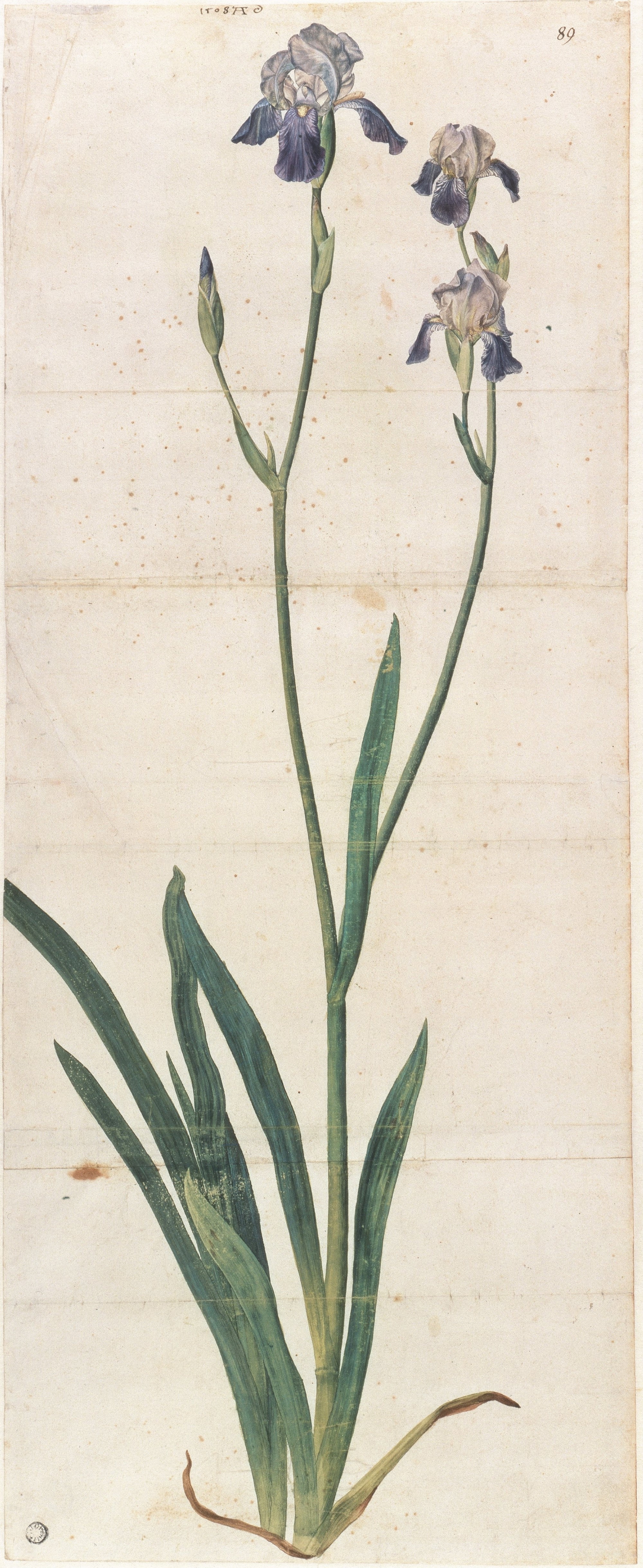Prior to World War II, with 48 drawings and watercolors by Albrecht Dürer and nearly all his printed works, the Department of Prints and Drawings at the Kunsthalle Bremen owned the secondlargest Dürer collection in Germany, after Berlin. Following the war, only three of the drawings from the collection’s inventory returned. In the meantime, an additional ten drawings and watercolors have found their way back. The three drawings you see here come from the large bequest of Hieronymus Klugkist. They illustrate in an exemplary way Dürer’s achievement in the German Renaissance as the inventor of the landscape and the nude as independent genres. Trento, View from the North is among the 32 watercolors that have come down to us, that Dürer created as a young man some time between the years 1494 and 1500, when he also first traveled to Italy (1494–95). Whereas here he depicted the northern Italian city in the Etsch Valley as a broad landscape, for the most part, with extremely wet brushstrokes, he worked the large-format plant study Blue Flag Iris in extremely delicate gradations of color, revealing minute details. In Italy, Dürer’s interest in portraying the human body was also awakened. Back in Nuremberg, he created his famous work The Women’s Bath. Up until this point, nudes had featured exclusively in religious contexts. But Dürer’s bold drawing, done in his youth, shows a contemporary, private or public bath with six women of varying ages as well as two children. Out of principle, men were not allowed to frequent such places. But here, through a crack in the door, a man catches a glimpse of what is going on. It is not known today whether this pen-and-ink drawing served as a preliminary drawing for a print—it is possible that Dürer planned to produce a pendant to his large-scale woodcut The Men’s Bath (Inv. No. Kl. 1841).
de

